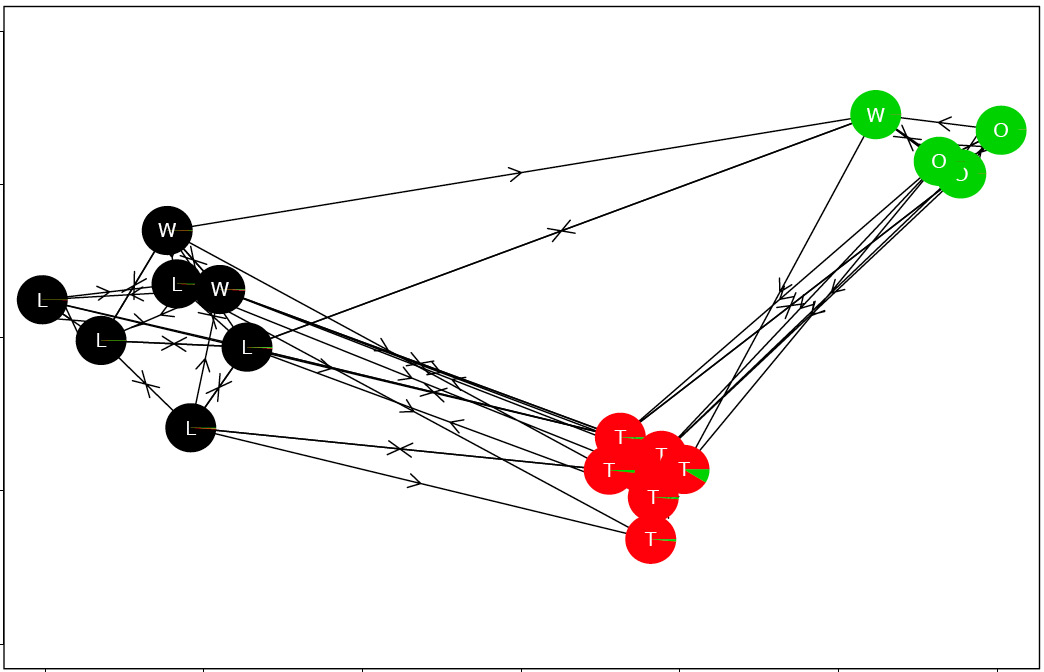
latentnet is an R package for estimating statistical models for social network data based on the idea of a latent space. There are two types of model it can estimate. The first is the latent space model of Hoff, Raftery and Handcock (2002). In this model, each actor is assumed to have a position in a social space; the positions are unknown and so the social space is a latent one. The probability of a link between two actors depends on the distance between them in the social space. The package provides estimates of the actors' social positions.
The second model it can estimate is the latent position cluster model of Handcock, Raftery and Tantrum (2007). This extends the latent space model by assuming that the actors are grouped into clusters. The package provides a Bayesian way of assessing how many groups there are, and thus whether or not there is any clustering (since if the preferred number of groups is 1, there is little evidence for clustering). It also estimates which cluster each actor belongs to. These estimates are probabilistic, and provide the probability of each actor belonging to each cluster.
The package can be downloaded from
CRAN,
the Comprehensive R Archive Network:
Handcock, M.S., Raftery, A.E. and Tantrum, J. (2007). Model-based clustering for social networks (with Discussion). Journal of the Royal Statistical Society, Series A, 170, 301-354.
Krivitsky, P., Handcock, M.S., Raftery, A.E. and Hoff. P. (2007). ``Representing Degree Distributions, Clustering, and Homophily in Social Networks with Latent Cluster Random Effects Models.'' Technical Report no. 517, Department of Statistics, University of Washington. Also Working Paper no. 77, Center for Statistics and the Social Sciences, University of Washington.
Hoff, P., Raftery, A.E. and Handcock, M.S. (2002). Latent space approaches to social network analysis. Journal of the American Statistical Association, 97, 1090-1098. Earlier working paper version.
Shortreed, S., Handcock, M.S. and Hoff, P. (2006). Positional estimation within the latent space model for networks. Methodology, 2006, 2, 24-33. Earlier working paper version.
Last updated May 21, 2008